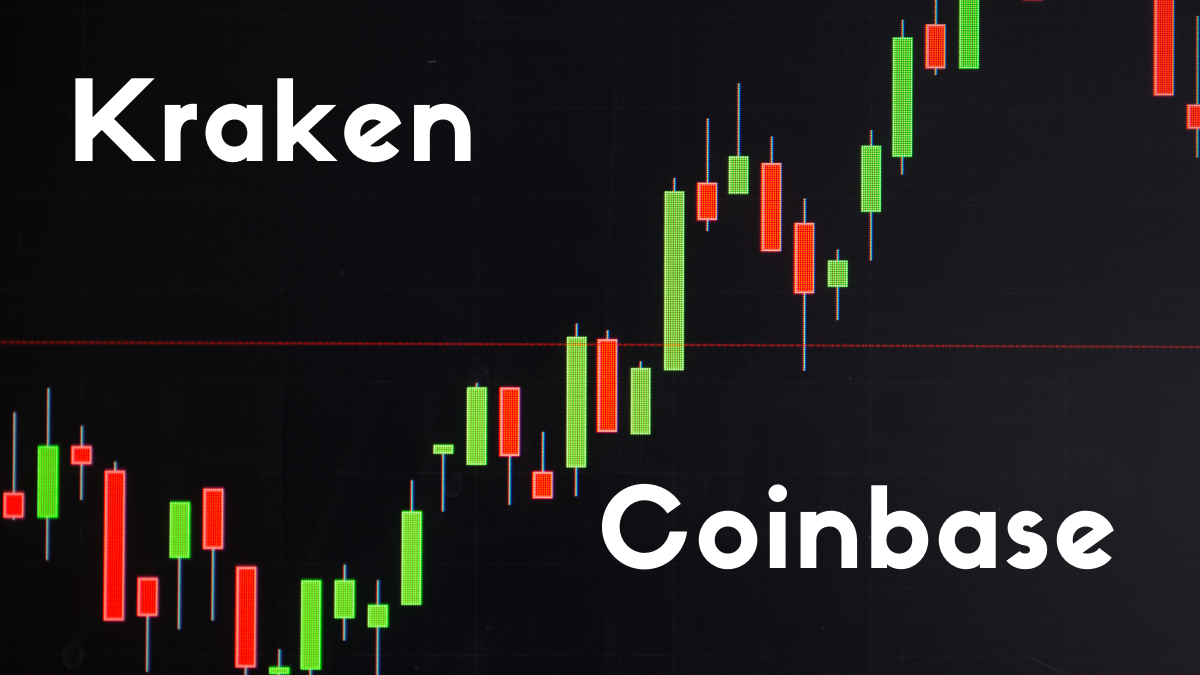For peace of mind in trading securities or assets, Proper Time management is essential. It relates to both your planning and profit whether you perform day trading or swing trading. But it’s not everything about these two. You’ll need to study a comparison of day trading vs swing trading.
Day trading is very approachable, and traders can open and close it every day. However, swing trading is long-term. It takes several days, a few weeks, or maybe months for traders to perform and succeed.
Multiple traders can be satisfied with swing trading or day trading. It depends on various factors, including the number of assets and time they spend. As there occurs a change in the prices or values of the stock market, it is also a prominent factor.
Indeed taking the start as a beginner is a very challenging job. You require to get a hold of the technical features of the stock markets, like various order types and securities. Also, you have to learn how to improve your trading policy about the day and swing trading.
This read will guide you on the comparison of swing trading vs. day trading. We will focus on how they work and the funds and time required for every approach. You will find stuff required to understand these terms and commence your trading career being a beginner. You can also see the guide on trading using the HEIKIN ASHI technique.
Let’s begin by studying the most well-known trading ways, day trading, and swing trading. In the end, you will be able to choose one that satisfies your requirements.
Day Trading Vs. Swing Trading – Overview
Day trading is the practice of making multiple trades within one day using technical analysis and charting methods. By contrast, swing trading involves trading commodities, stocks, and currencies. It is based on the price movements for days, weeks, or months.
Traders may have to take the approach that can admire their abilities and preferences. If you are new to trading, you have two options to go for: swing trading or day trading.
The day and swing trading are ideal for taking benefits from stock movements in the short term. But which trading tactics are the best ones for them? Let us go with the differences between day trading vs swing trading.
Day Trading
As we discussed earlier, day trading allows traders to perform many trades in one day. It depends on the technical analysis you make when trading and going through some advanced charting methods.
The primary purpose of day traders is to gain sustenance from trading their assets (currencies) and other stocks. They make it possible to get low profits on many trades at once and take hold of losses in low-income trades.
According to the United States Securities and Exchange Commission, traders can’t make much profit in the first days of day trading. Even after spending months, day traders cannot build a status that we call money-making. So, they suggest day traders invest only the amount they have extra with them.
The reason for these kinds of cautions is day traders lose a lot of their assets. If you have taken funds on debt and lost them in trading, you can face big trouble. Your carrier will get destroyed before it starts, and you can lose your credibility and motivation.
Day traders are the boss of their own and work in their timings and the pace they want to maintain. There is enough competition, and millionaires are investing in trading for enormous benefits. So, to stand out from the competition, you need to keep patience, invest timely and wisely, and track your performance.
No business or job can offer benefits without efforts and serving abilities. Proper knowledge of day trading and work consistency can make a sufficient amount for you in the long run. We assure you that within a few months of trading, you will enjoy a better lifestyle.
Swing Trading
Trading is not a business of two or three days; you need to spend months or years developing a status. Instead of trading multiple times a day, you must continue to trade daily for many days or weeks. It’ll give more profit as you get skilled and continue your strategies with the market.
Now, if we talk about swing trading, it relies on considering the fluctuations in stocks and currencies over time. So, to better take hold of changes in market pricing of different assets, swing trading can help.
In swing trading, one can get a higher margin due to struggles for a long time. If performed properly, there could be a double margin of the investment. However, in day trading, there is a four times margin of the assets.
For swing traders, there is an option of stop-loss to go with. It keeps the traders safe from facing high rates of loss. But as it does not allow you to open positions daily, like day trading, there are still chances of loss. So, if you go for swing trading, you must have another income source to replace or overcome the losses.
Overall, swing trading needs expertise and investing funds for a specific time. On getting into swing trading, you have to spend a few hours a day using your laptop or PC. You just need to learn the basics that fit the trend, improve your skills, and have the best trading platform.
Day Trading Vs. Swing Trading – How It Works
In a broad sense, day trading produces higher earnings capacity than swing trading at most limited accounts. Adjusting the proportion of trades gained, the medium win is related to the medium loss. The figure of trades will significantly influence a strategy’s gaining potential.

Day Trading
Well, traders who look for a quick turnaround of profit select day trading as their trading option. To know about the working procedure of day trading, you must understand its buying and selling manners. Fortunately, traders can execute this daily and multiple times.
Let’s move towards the working manner of day trading; you have to follow the 1% risk rule. According to this rule, traders do not have to invest over 1% of their assets in any trade. To understand the rule more easily, let’s discuss an example.
Imagine you invest 0.5% of your assets in a single trade. If you win the trade, you’ll get 1%. But if you lose, you’ll lose 0.5% and not more. Also, suppose that you win half of the trades. If you perform six trades per day, your account balance can rise by 1.5% daily.
So, you think of it as a simple process and increasing profits, but it’s not that easy. It looks like you will be doubling your investment on winning, but you may also lose much on losing trades. So, in day trading, you cannot gain high achievements quickly in winning and losing situations.
Swing Trading
Now, let’s move to swing trading. In swing trading, you trade even one time in a few days or weeks. It means you will get less profit and correspondingly go through fewer losses at a slow pace. There are options available that allow you to make more gains.
To understand swing trading, let’s discuss an example.
Suppose, as a swing trader, you used the same 1% risk rule by investing 50% of funds on a single trade and earned 1% to 2% on the winning trade. So, you will make 1.5% on this winning trade. In case of loss, you will lose 0.5% on average.
Moreover, suppose you perform six trades on average in a month and win half of them. It’ll increase your account balance by up to 3%. It is a good margin, but in comparison to day trading, it is a low profit.
All the above case summaries help to explain the working of day trading and swing trading. If you go for higher amounts of investments, you will get more profit in return.
Time Spent Trading
Both trading systems need time. However, day trading usually takes a longer time.
Day Trading
Normally, day traders do trading for a limited number of hours daily. You must spend four to five hours on your PC when making things ready and doing trading analysis.
When a day trader chooses to trade for a longer time, the time expenditure moves up significantly. It keeps growing to turn into a project that needs a whole day for completion.
Swing Trading
On the other hand, swing trading takes comparatively less time to trade assets. For instance, if the traders give enough time each day, they can develop perfect trading experiences. A standard duration that most swing traders work for is about 1 hour daily.
Another plus point of swing trading is checking the chart or analyzing once a week. It enables you to continue your job and earn money to invest in future trades. You will need to work a few times a week for a better return, but you can only give 1 hour after some time.
Day Trading Vs. Swing Trading – Key Differences
There are also some critical differences between them, and this is the motive of this study on day trading vs swing trading. The best method for traders depends on their lifestyle, experience, and preferences, so no method is superior.

Day Trading
- Day trading executes various trades daily.
- Its ranks go from ampere-hours to days and are full-time
- Employs short-term buying and selling signals
- Depends on the most advanced trading tools and platforms
- Go around more profits and losses
The day trading process needs a high-level knowledge of professional trading. As it’s challenging and nerve-wracking, traders cannot allow their emotions to ripen under intense pressure. Lastly, day trading is full of risks, and traders can end up with complete losses.
Swing Trading
- Swing Trading constitute numerous trades every week
- Its positions move from days to weeks
- It is a Part-time Job
- Swing Trading Uses trends and momentum signs
- One can easily make swing trading with a conventional brokerage account
- It offers less but more abundant profits and losses
There is no requirement for such a challenging set of features for swing trading. So, it can be initiated by everyone with fascinating investment assets, and there is no need to take it as full-time progress.
In essence, swing traders who wish to maintain their stock market positions full-time have this opportunity. Furthermore, they must be conversant with both the primary and technical analysis of the market.
Frequently Asked Questions (FAQs)
Is Swing trading better than day trading?
Swing trading habitually includes trades taken overnight, and margin demands are more imminent. It is because swing traders keep their conditions more extended than day traders. They embrace risk with more considerable losses.
Also, swing trading is occasionally a full-time business, and there is a significantly scarcer burnout. So swing trading is better than day trading.
Are Swing traders more successful than day traders?
Swing trading is yet a super-fast trading method that incorporates trading in some days, weeks, and might be in months. Then as an outcome, swing trading swells profits and losses more gradually as compared to day trading.
Additionally, swing traders make 1.5% when getting their trades and lose just 0.5% on losing. Also, we can say swing traders are more successful as compared to day traders.
Do swing traders beat the market?
Certainly, swing trading is more successful and productive, and one can surely beat the stock market covering long periods. Therefore, it demands an excellent trading approach and adequate self-discipline to connect with it during all its unpredictability.
Do swing traders make money?
Yes, swing traders can make a tremendous amount of money. Many swing traders are still required to work additional jobs to finance their lifestyle. However, it may draw a secondary profit gain from the stock market monthly. Ultimately, a meager portion of swing traders secures very massive and constant earnings.
What percentage of swing traders are successful?
By just 2% earnings monthly on an average basis, a swing trader can obtain a 24% profit annually. So, it is more significant than Warren Buffet’s 20 percent yearly income. Accomplishing success in trading in the stock market is a simple task.
Also, not many swing traders would be successful in the stock market. It is because their trading style might not be swing trading.
Can I swing trade with 1000 dollars?
Yes, you can begin with 1000 dollars. We suggest inaugurating with at most limited $500. When you begin with less than $1000, you are confined to the trades you can practice. While the $1,000 will provide you a little more space, you would be worthy of taking the largest of the swing trades you perceive.
Conclusion – Day Trading Vs. Swing Trading
We can conclude from the above discussion about day trading vs. swing trading that no trading style is better than the other. Both the trading methods are simply different from each other in their requirements.
Day trading provides more earnings potential with a greater frequency of trading. However, swing trading has lots of potential for earnings.
Also, the fund’s demands can differ over the diverse stock markets. The trading methods depend on whether they trade the commodity on forex or prospects exchanges.
Day trading is more time-consuming than swing trading. But both day trading and swing trading takes a big deal of work to achieve uniformity.
Day trading would be an excellent option for those who desire more extraordinary earnings potential. In contrast, swing trading is best for traders who want to avoid stress and continue their jobs.





